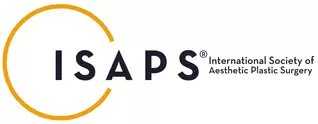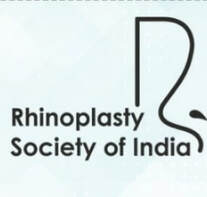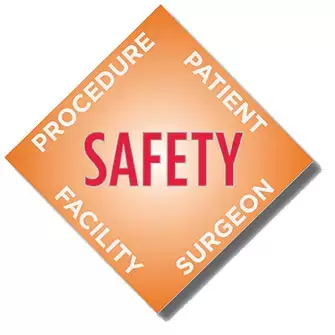|
Negative pressure wound therapy is an increasingly popular technique to treat difficult wounds. It involves the application of a negative pressure or vacuum to wound environment to expedite wound healing.
Technique: An interface such as open pore sponge or gauze is placed on a clean wound bed. This is then sealed with a transparent film so that the wound exterior is separate from the external environment. A sterile tubing then connects the sponge to a vacuum producing device. Controlled negative pressures of 75 to 120 mm of Hg are applied to the wound. Negative pressures are applied in a continuous or intermittent mode. The NPWT dressings are removed and reapplied after a few days until the treatment endpoints are achieved. Mechanism of action: NPWT acts by,
When done using proper technique on appropriate wounds NPWT leads to lowering of bacterial loads and increased granulation tissue formation. NPWT is ideal in those situations when the patient is at a greater risk for conventional reconstructive procedures. Contraindications for NPWT: These include,
The benefits of NPWT include faster healing and reduction in the complexity of reconstruction. It is especially useful in situations when conventional methods are ineffective or risky. |
AuthorI like to keep it simple. CategoriesArchives
June 2024
Categories |
- Home
-
Cosmetic
- Fat grafting
- Swellings and moles
- Scar revision
- Leukoderma (Melanocyte transfer)
- Hair transplant
- Facial rejuvenation procedures
- Nose job (Rhinoplasty)
- Cleft lip nose correction
- Ear (Otoplasty)
- Lip reduction
- Breast augmentation
- Breast reduction
- Tuberous breasts
- Axillary breasts
- Gynecomastia
- Liposuction
- Brachioplasty (Arm contouring)
- Abdominoplasty (Tummy tuck)
- Female genital rejuvenation
-
Reconstructive
- Contact
- Blog
- Home
-
Cosmetic
- Fat grafting
- Swellings and moles
- Scar revision
- Leukoderma (Melanocyte transfer)
- Hair transplant
- Facial rejuvenation procedures
- Nose job (Rhinoplasty)
- Cleft lip nose correction
- Ear (Otoplasty)
- Lip reduction
- Breast augmentation
- Breast reduction
- Tuberous breasts
- Axillary breasts
- Gynecomastia
- Liposuction
- Brachioplasty (Arm contouring)
- Abdominoplasty (Tummy tuck)
- Female genital rejuvenation
-
Reconstructive
- Contact
- Blog
You can leave us a comment using the contact form below.
We shall get back to you at the earliest.
We shall get back to you at the earliest.
Links
- Face procedures | Rhinoplasty, Otoplasty, Lip reduction, Fat grafting
- Body procedures | Gynecomastia , Breast reduction, Abdominoplasty, Brachioplasty, Liposuction
- Skin procedures | Scar revision, Moles, Leukoderma surgery
Let's be friends !
Follow us at Facebook and Twitter.
Follow us at Facebook and Twitter.
© 2024 Amicus Clinic (Plastic Surgery Centre, Trivandrum). All rights reserved.
 RSS Feed
RSS Feed



